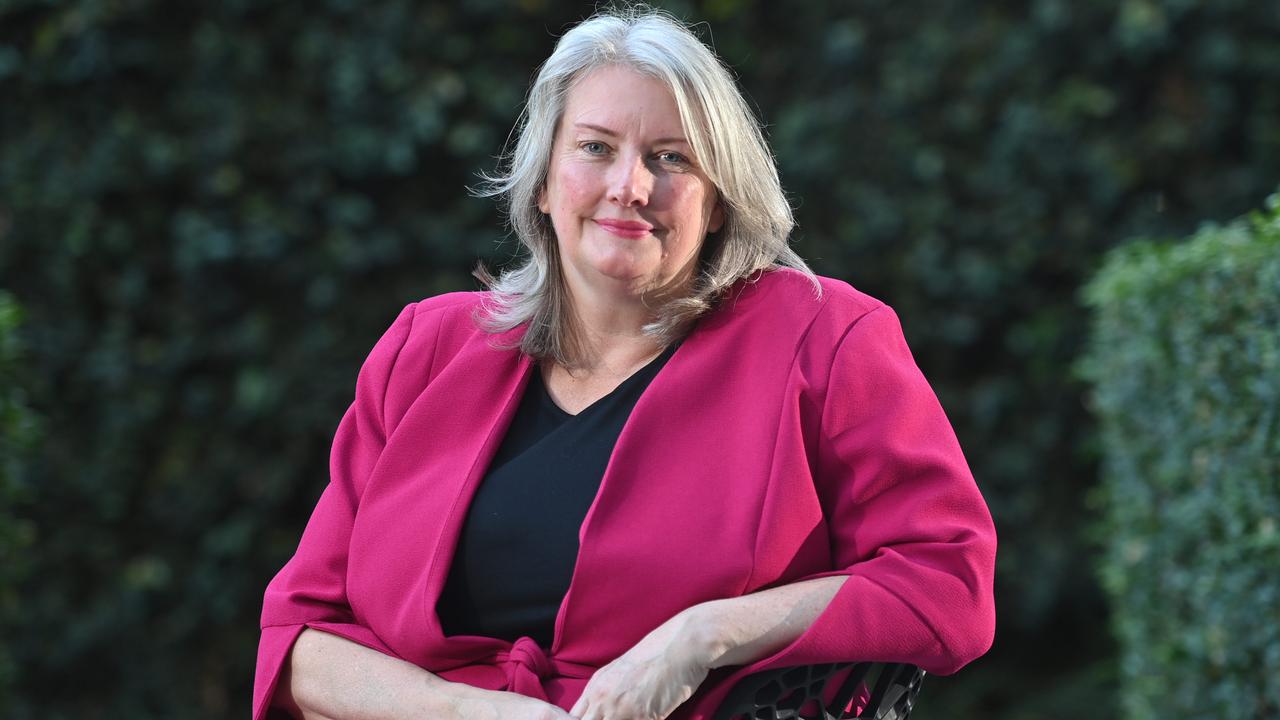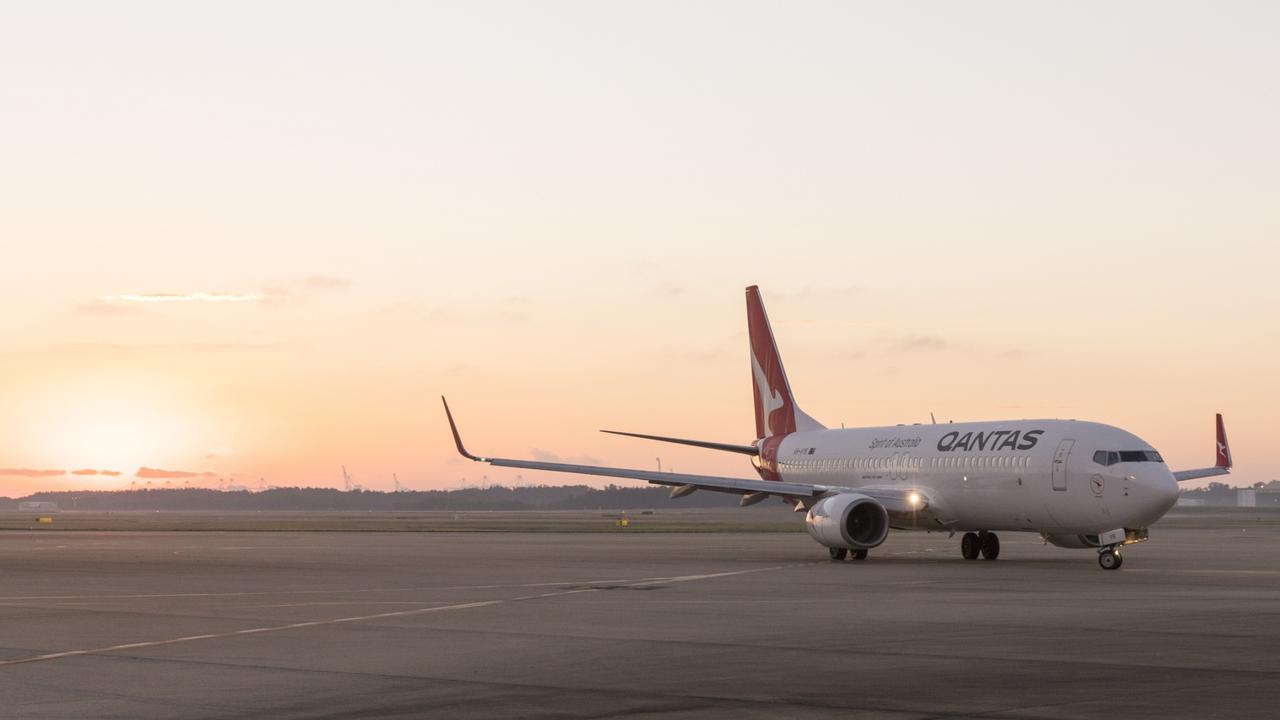61,000 new homes north and south of Adelaide as laws pass removing urban growth boundaries for housing
A controversial housing boundary has been cut, paving the way for 61,500 new homes and a new regional city. But what about the roads, water pipes and hospitals?
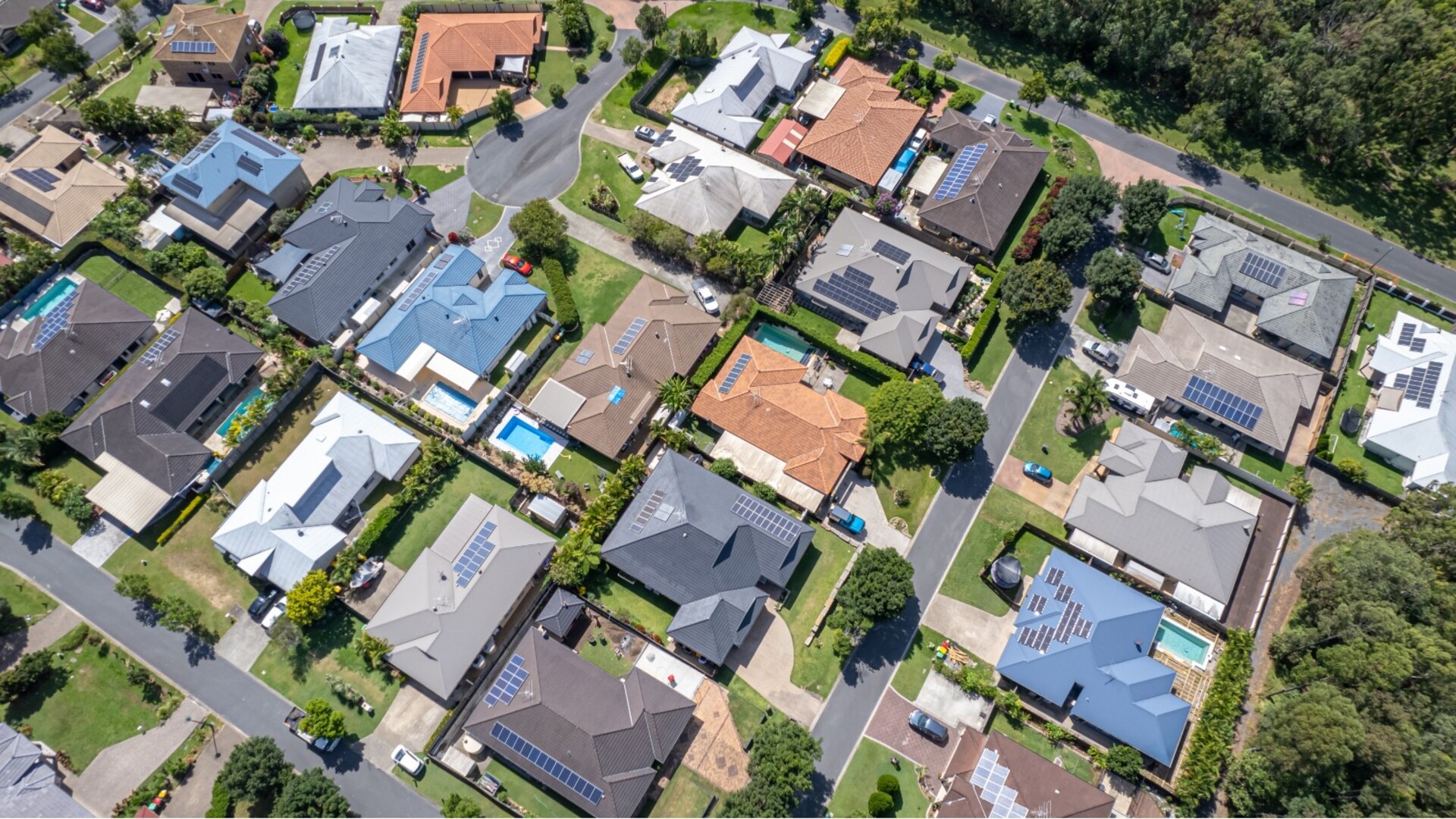
SA News
Don't miss out on the headlines from SA News. Followed categories will be added to My News.
Tens of thousands of new homes will be built north and south Adelaide over the next 30 years, including a new satellite city at Roseworthy that will one day be larger than Mount Gambier.
New laws have passed parliament opening up parcels of land to developers by exempting them from SA’s legislated Environment and Food Protection Areas.
Removing the urban boundary paves the way for about 61,500 new homes in greenfield estates, including about 43,300 around Two Wells and Roseworthy, north of Gawler.
Murray Bridge has the potential for about 10,4000 new homes and 7000 new homes can be built at Victor Harbor, Goolwa and Middleton.
While the government hailed it as a “massive moment” for SA’s future, local mayors were cautious, opposing what they called the loss of prime agricultural land – a move also blasted by the state’s peak farming bodies in March.
Light Regional Council acting Mayor Michael Phillips-Ryder said the plan would require significant new infrastructure at Roseworthy and his council was firmly opposed to the loss of prime farming land.
“While it may sound great to come out with a media release announcing tens of thousands of new homes in and around Roseworthy, fundamentally the infrastructure problem needs to be solved first,” he said.
“And secondly, the housing solution shouldn’t come at the expense of agriculture.
“The agricultural land that surrounds Roseworthy is … vital to the local and state economy, and to South Australia’s food security.”
Mr Phillips-Ryder said the area would require large investments to build infrastructure for needs including water supply and healthcare, but he noted the Greater Adelaide Regional Plan, which had earmarked the land for development, was a multi-decades plan.
Victor Harbor Mayor Moira Jenkins said the areas earmarked for houses in her council were “very much important agricultural areas”.
She said the council was developing a plan to provide alternative housing land options.
Murray Bridge Mayor Wayne Thorley was more supportive, saying most of the earmarked land in his area was not used for commercial properties and the town had been “pretty well hamstrung by the Environment and Food Protection Zone”.
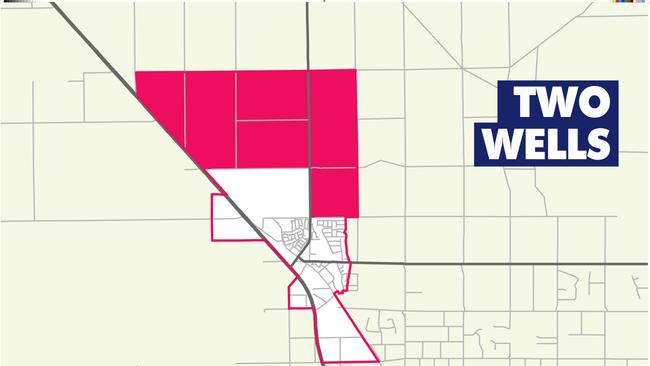
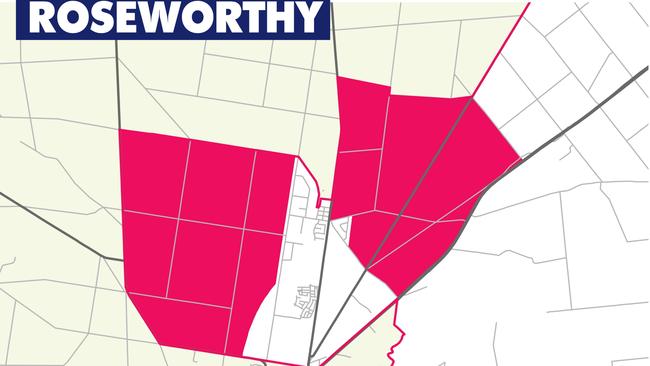
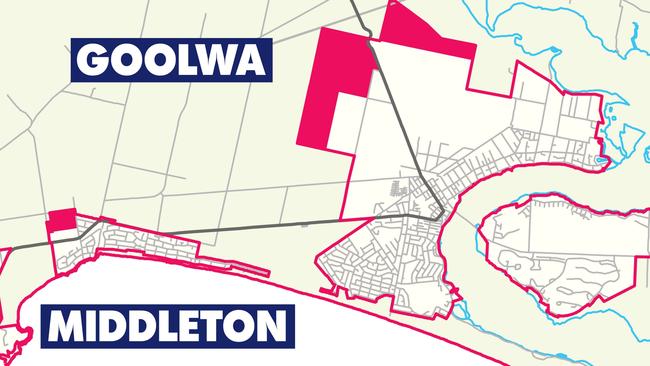
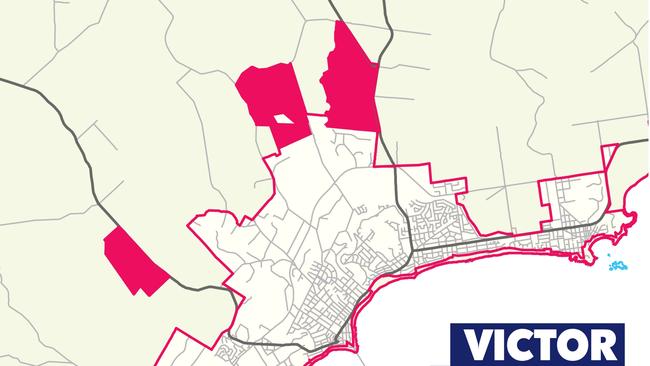
Tap here if the above map doesn’t load
Housing Minister Nick Champion said the passage of the Bill “basically means that we have 30 years worth of housing growth cleared of any of the impediment of the environment and food protection area”.
Industry modelling showed axing the controversial urban growth boundary would inject about $1bn annually into the SA economy and create more than 6000 jobs.
The minister on Wednesday lined up with housing and construction industry heads to spruik the new laws, with Urban Development Institute of Australia SA boss Liam Holding saying he had been strongly against the protection laws from the start.
“We were saying from the outset this would have a negative impact on housing affordability and that’s what we’ve seen,” Mr Golding said.
“We’ve seen land supply go way down and housing affordability go way down. Since the EFPA was brought in 2017, the seven years since then, we’ve seen property prices go up by 87 per cent.”
Master Builders CEO Will Frogley said the industry had been calling for the change.
“Today is a great day not only for home buyers but for more than 90,000 South Australians who are directly employed in the building industry,” he said.
Liberal Party leader Vincent Tarzia said the same housing and construction industry figures supported further amendments proposed by his party, which he said would have allowed more than 10,000 new homes.
When the protection areas were created, the government was aiming for 85% of growth through infill development – a policy jettisoned by Premier Peter Malinauskas when he introduced the legislation in March.
The government said revising the EFPA represents a loss of less than 1 per cent of agricultural lands around greater Adelaide.
Over the next 30 years, SA will need about 315,000 more homes to accommodate an extra 670,000.
The government is also updating policies surrounding the urban-rural interface to support ongoing agricultural activities while addressing issues like bushfire protection, dust, and noise between farms and residential areas.
Land removed from the EFPA protection will be rolled out slowly for housing to ensure rezoning occurs in a staged, infrastructure-ready manner.
More Coverage
Originally published as 61,000 new homes north and south of Adelaide as laws pass removing urban growth boundaries for housing



